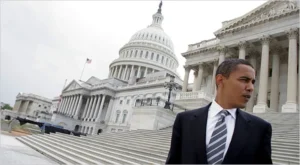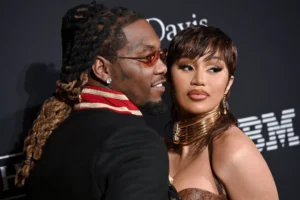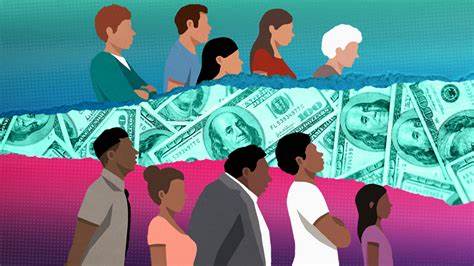
Let’s talk about the bag. Not the one in your lyrics. The real bag—the generational wealth that builds empires, flips neighborhoods, and decides who eats and who starves. Because when it comes to that kind of wealth, the numbers don’t lie, and the truth is ugly: Black families in America, on average, have one-tenth the wealth of white families. One. Tenth.
So the question is—how did we get here?
The Blueprint Was Rigged from Day One
Slavery wasn’t just about unpaid labor. It was a 250-year economic engine that built America—off Black backs, broken bodies, and stolen lives. Enslaved people weren’t just workers; they were capital, literally listed as assets. White families passed down land, money, and property. Black folks passed down trauma and survival skills.
After “emancipation,” did America cut a check? Hell no. Instead, formerly enslaved people were told to figure it out while the government handed out land to white settlers under the Homestead Act—millions of acres of free land. Black families? Denied. The game started, and we were already down 100 points.
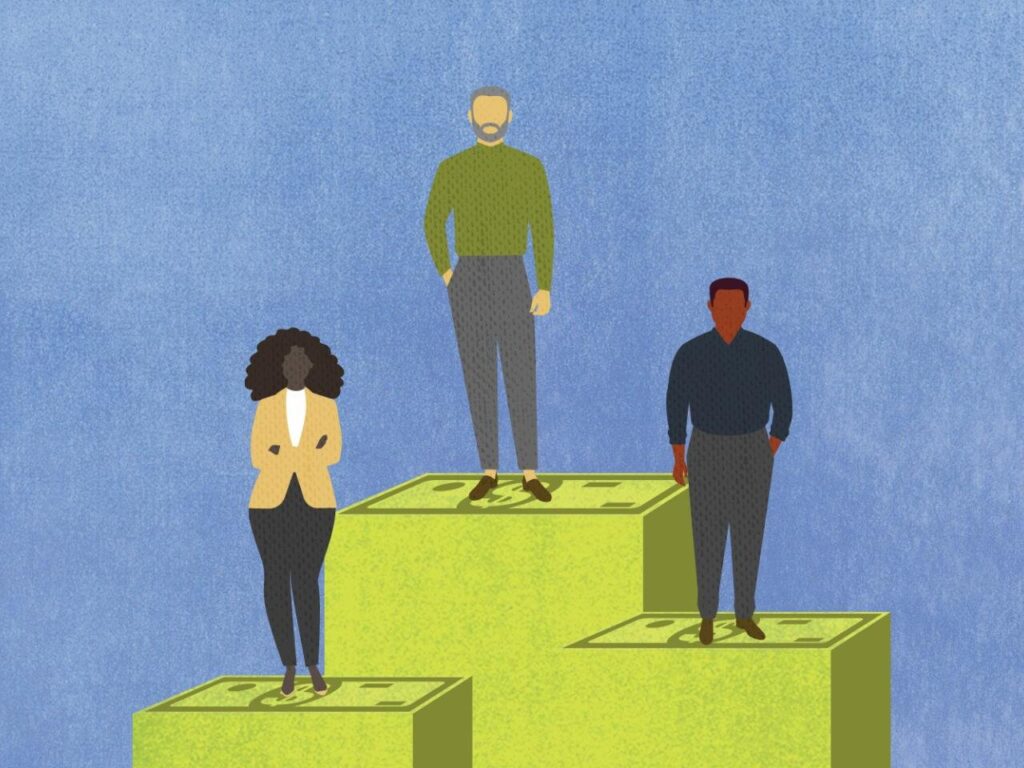
Jim Crow: Legal Hustling
From 1877 to the 1960s, the South was an apartheid state. Black folks were locked out of decent jobs, quality schools, and political power. Can’t build wealth if you’re barely surviving. And if you did try to make it? Ask the folks in Tulsa’s Black Wall Street what happened when Black people actually succeeded. Spoiler: white mobs burned it to the ground while the government looked the other way.
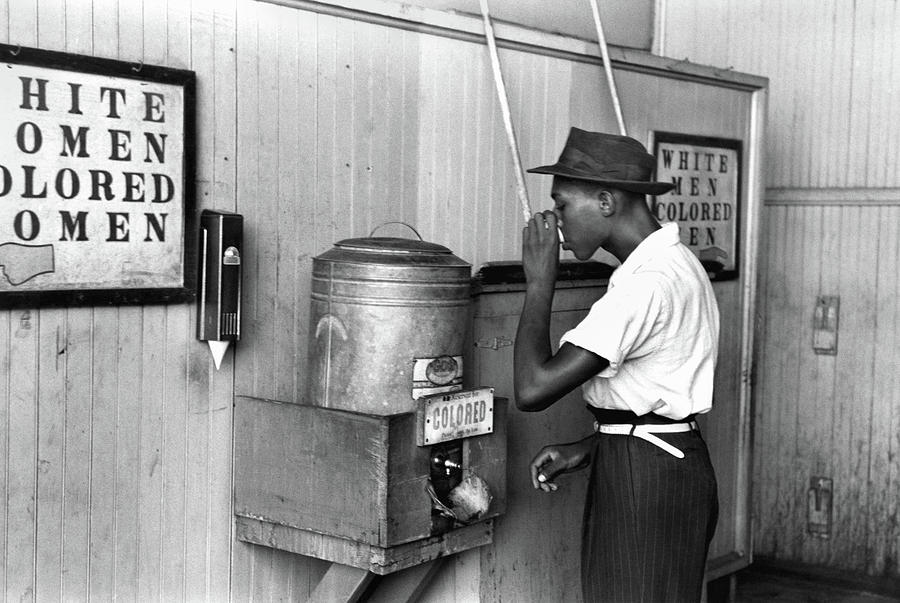
Redlining & The Suburban Dream That Wasn’t Ours
Fast forward to the post–World War II era. The government started giving out loans so families could buy homes and build wealth in the suburbs. But guess who got shut out? The Federal Housing Administration literally marked Black neighborhoods in red and said, “Too risky.” That’s where redlining comes from. Banks followed suit. So while white families bought homes that appreciated over generations, Black families got stuck renting in neighborhoods starved of investment and flooded with police.
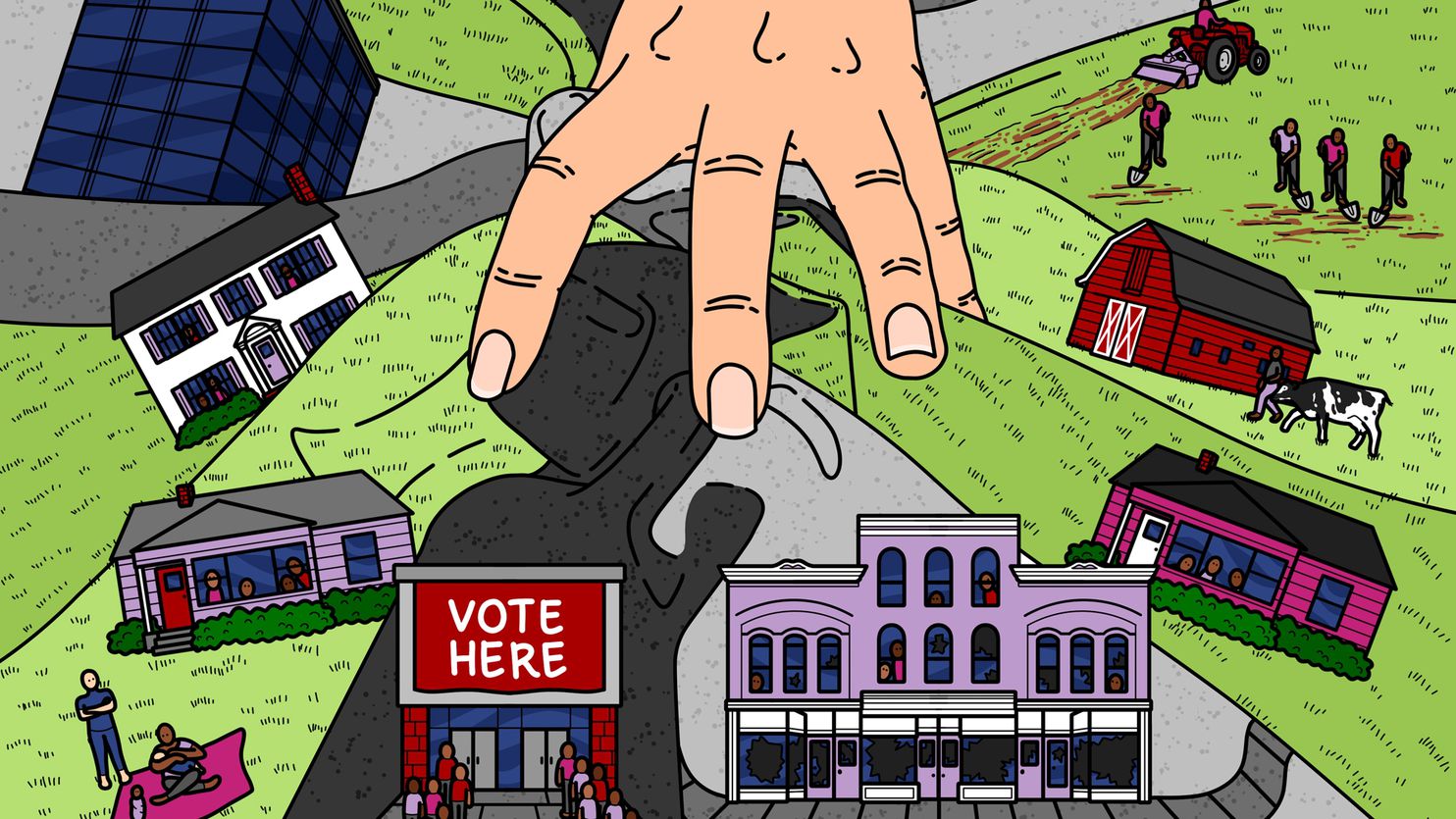
The War on Drugs & Mass Incarceration
Then came the 80s and 90s. Crack hit the hood. The government didn’t send rehab or resources—they sent tanks, cuffs, and minimums. Entire generations of Black men were snatched from their families, locked up for non-violent drug offenses, while politicians cashed in on “tough on crime” campaigns. Meanwhile, white communities got opioids—and empathy.
Try building generational wealth when your father’s locked up, your school’s underfunded, and your community’s been economically gutted. Try building when you’re always starting from scratch.
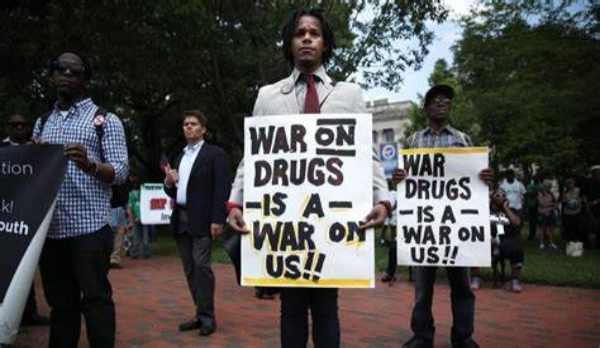
The Grind Don’t Lie
And still—we rise. Hip-hop came from that very struggle. From the projects to private jets, from food stamps to Forbes lists. But let’s not get it twisted. Jay, Nas, Rihanna, Hov—they’re exceptions. Not the rule. One rapper’s billionaire status doesn’t erase the systemic theft that’s been going on for centuries.
So, What Now?
We need land. We need ownership. We need policy. We need real conversations about reparations—not just checks, but education, healthcare, housing, and access to capital. And most importantly, we need to stop acting like this gap was a coincidence. It was by design. And it’s time we rewrite the blueprint.
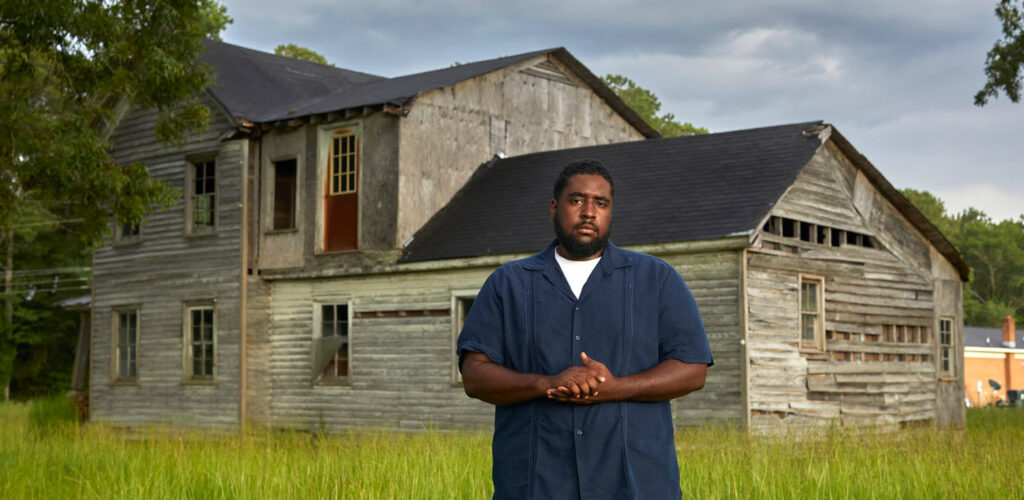
Because the real revolution? That’s equity.
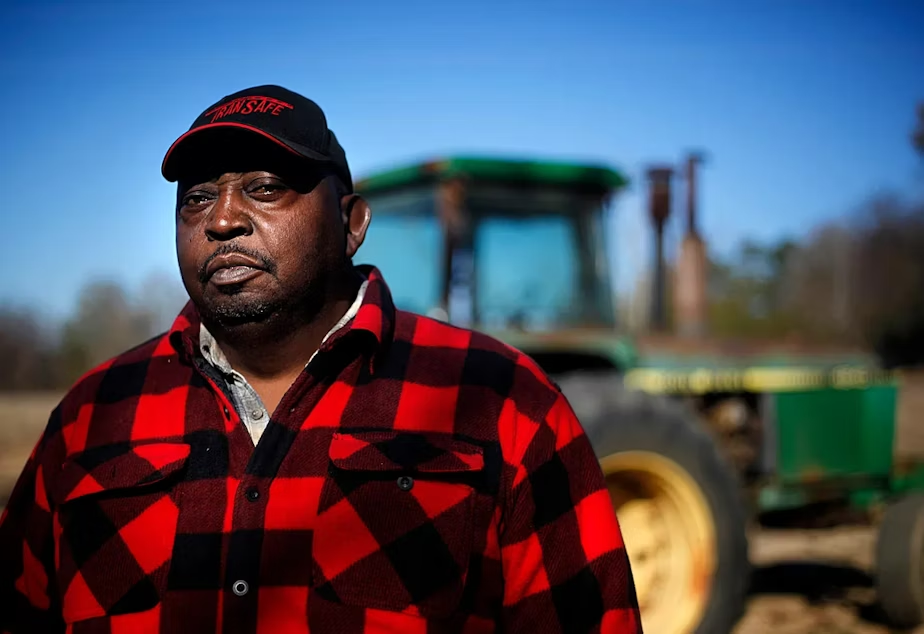
⸻
Stay woke. Stay loud. This is Word In The Streets.
We don’t just report the culture—we are the culture.
This story is originally posted by Titus Terrell


